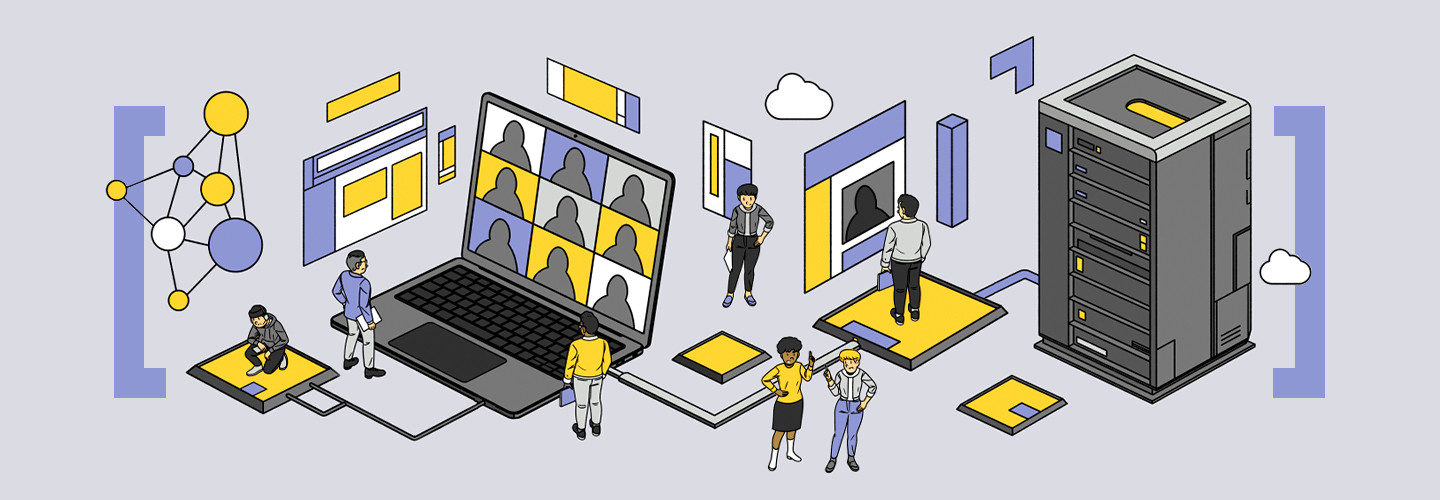Universities Seek Outside Help With Cybersecurity
Managing security threats is the biggest challenge higher ed institutions face as they protect their physical and digital footprints, according to Leger. Universities are a major target for ransomware attacks, he notes.
IT departments need help with visibility into network threats and verification that users are who they say they are, Leger says. The challenge is to keep schools collaborative while still ramping up security.
“Cybersecurity, of course, is keeping everyone up at night,” McGuthry says. To gain more peace of mind, Cal Poly Pomona turned to CrowdStrike for help monitoring its most critical systems.
He says it was an easy decision to call on CrowdStrike for cybersecurity help: It’s a fraction of the cost of the university tackling these tasks on its own.
LEARN MORE: Proactive desktop management brings efficiencies to university IT.
Cloud Software Management Helps Institutions Improve Efficiencies
At Cal Poly Pomona, McGuthry says he is constantly evaluating which third-party vendors can best manage the university’s software solutions. It recently moved its content engagement solutions to ServiceNow. It also began using Adobe Acrobat Sign for university documents.
Infrastructure as a Service can help universities manage software across a large base of remote students, Leger says. Cloud services are critical for allowing people to access devices from anywhere, he adds.
Nearly every university uses learning management systems and student information systems, which store grades, contact information and health information. These are important tools for universities amid the shift to remote learning. Universities previously had entire teams of people that would maintain student information systems on campus, but those needs have changed, according to Leger.
“You can’t rely on six people whose job it is to handle that, and the six to nine months of software upgrades that it takes to do that,” Leger says. “You need to move a lot faster, and so shifting away from that application to the cloud or switching to a cloud-based application makes a whole lot more sense because you can move faster. You can innovate.”
Click the banner below to explore services that can help you manage your IT environment.











